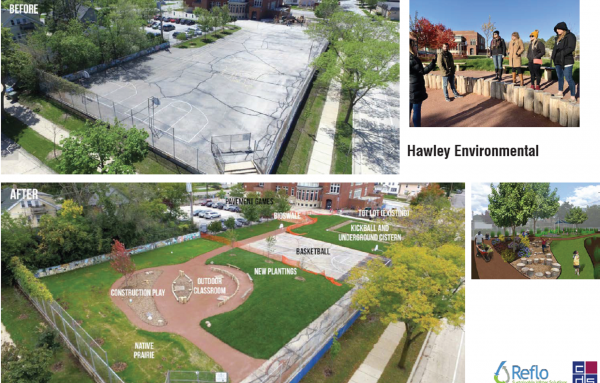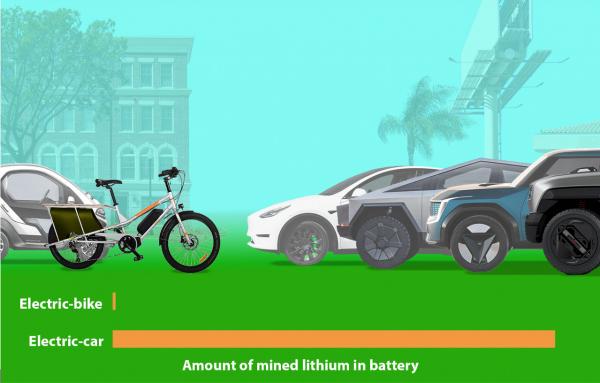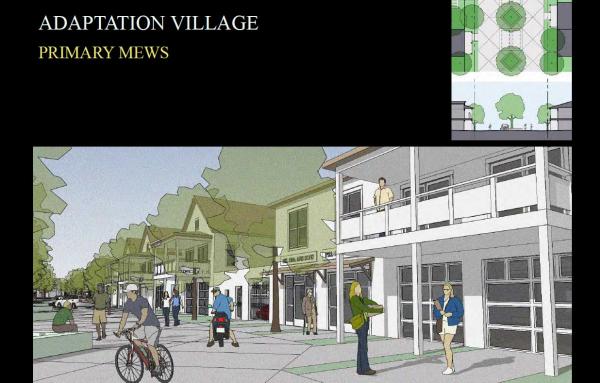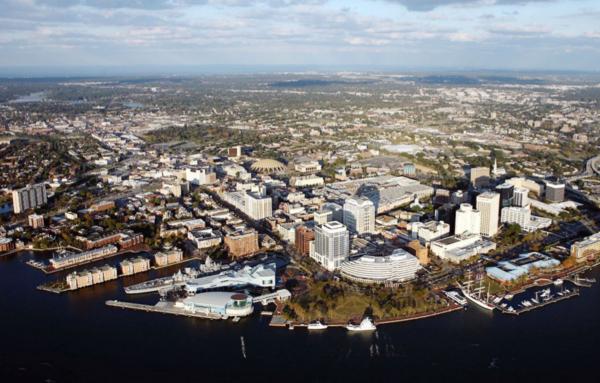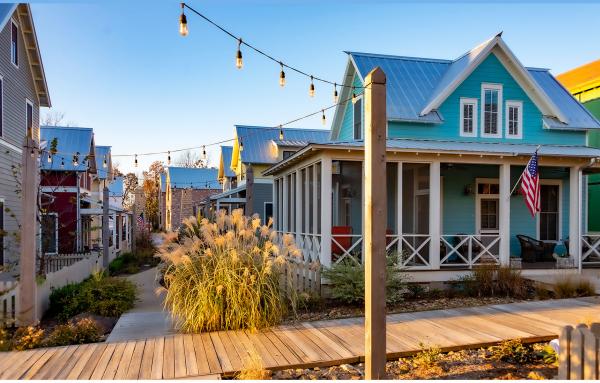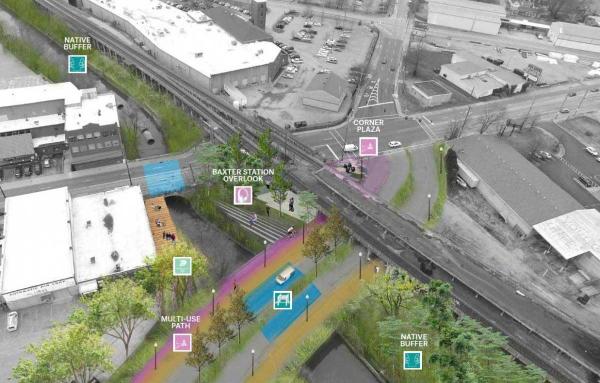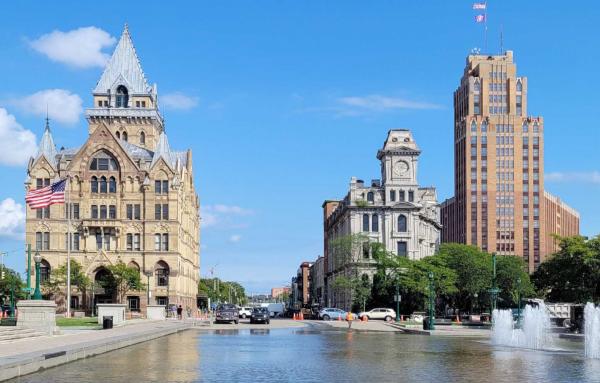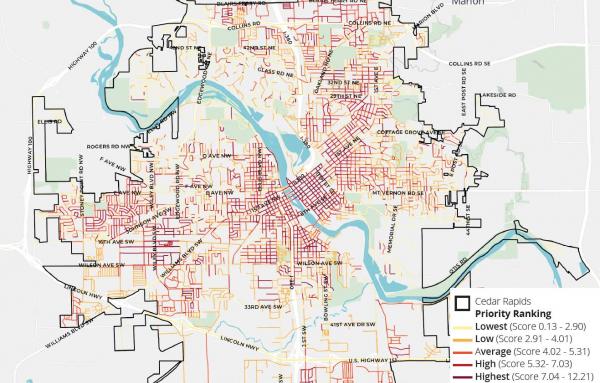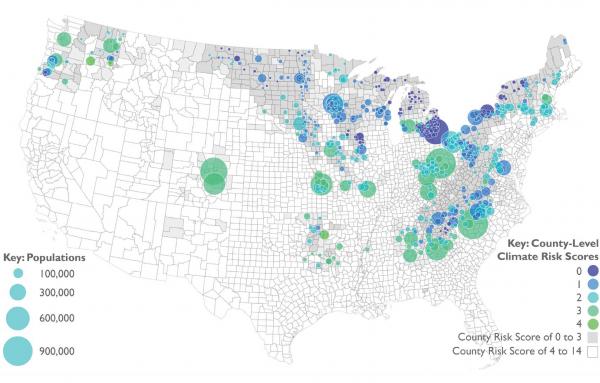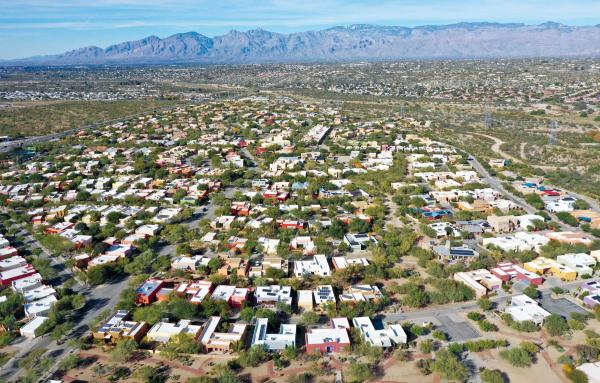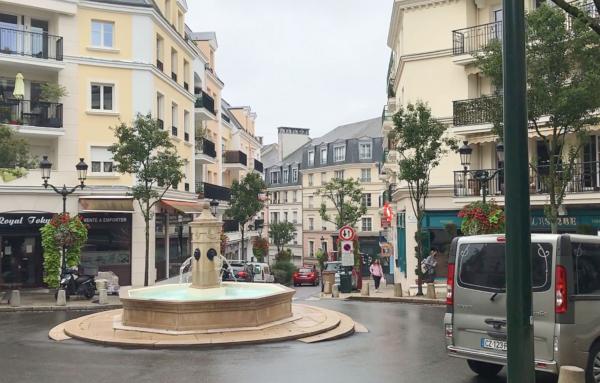Sustainability
These three projects represent different and inspired approaches to addressing the pressing issues of climate and equity.
News that mining of lithium comes up short to solve the climate crisis highlights a need for walkability and micromobility.
Korkut Onaran, author of Urbanism for a Difficult Future, has developed community planning ideas around self-sufficient places that rely on local technology.
The passage of the Biden Administration’s climate change package, the so-called “Inflation Reduction Act,” has predictably split along partisan lines, with Republicans characterizing the bill as an act of reckless government spending, certain to...
A levee, with promenade, would connect Norfolk’s citizens to the waterfront and protect against rising seas. The city is developing a comprehensive vision for how to “thrive” with climate change.
I love these boardwalks in Carlton Landing, a new town in Oklahoma. The houses face a tiny pedestrian thoroughfare that consists of the boardwalk and rain gardens. The rainwater simply soaks into the ground.
CNU Legacy Projects have addressed widely diverse urban issues, and Beargrass Creek in Louisville is more distinct than most. The 2019 project, led by Gresham Smith, looked at a neglected urban waterway and how its restoration could impact 14...
Receiver places, a term coined by urbanists for communities likely to gain migrants as climate problems grow, refers to not just physical places but also a process of preparing for change. “Managed retreat” is a related term, the other side of the...
In just over an hour, Cedar Rapids lost more than half of its trees—the recently adopted plan has lessons for many cities.
A group of urbanists has compiled a list of “receiver cities and towns” from across the US, and identified principles for how communities can become more resilient to climate change.
Civano New Town is a groundbreaking fusion of New Urbanism and green design that has proven the efficacy of both together. Moule & Polyzoides, Architects and Urbanists won a 2022 CNU Charter Award in the Neighborhood, District, and Corridor...
The two charters represent a “paradigm shift” in the shaping of cities and towns, away from machinery and machine thinking, and back towards people. A May conference in Paris will explore them both.
